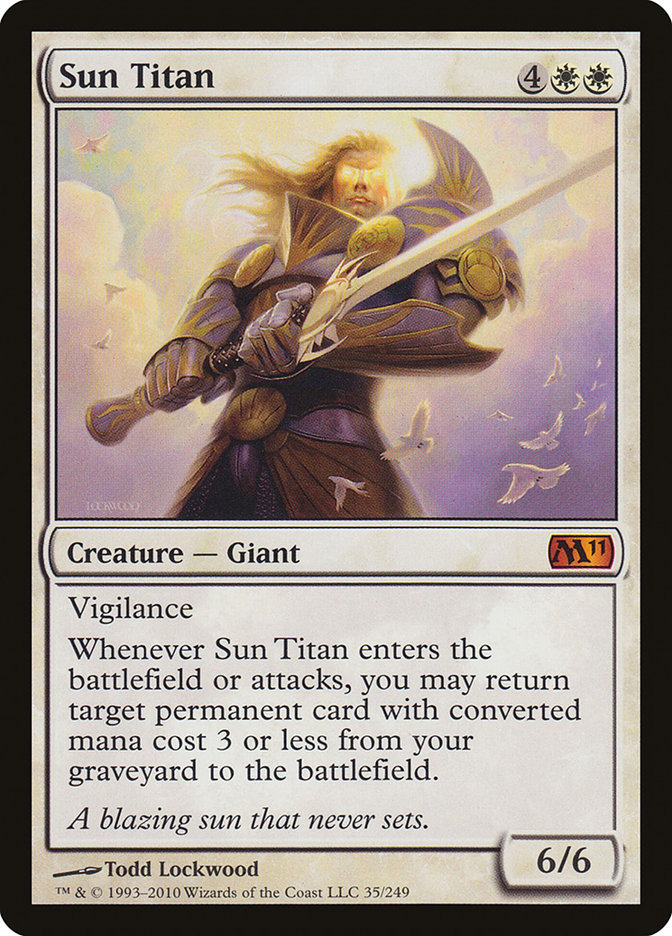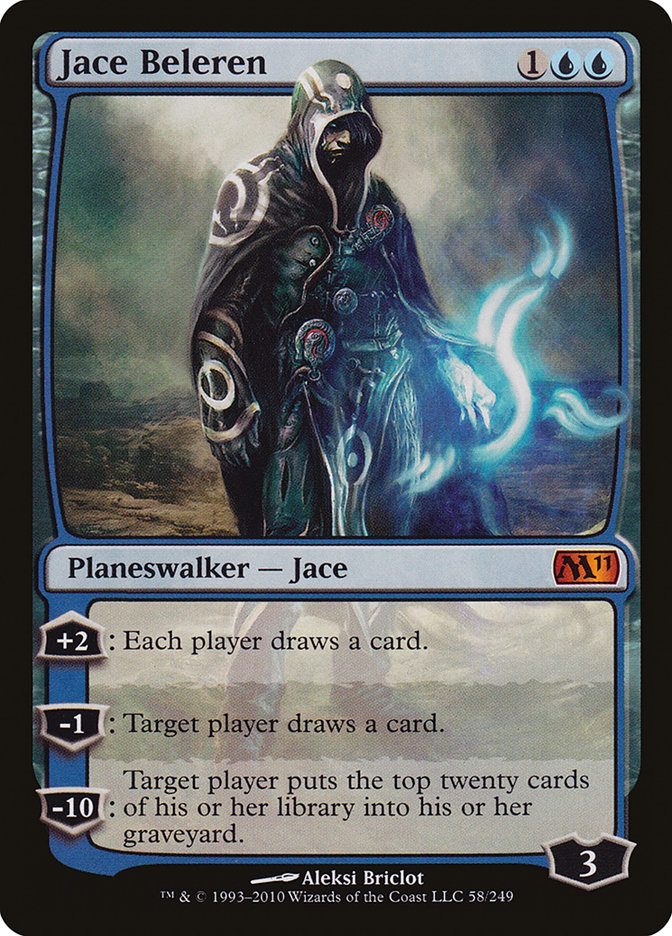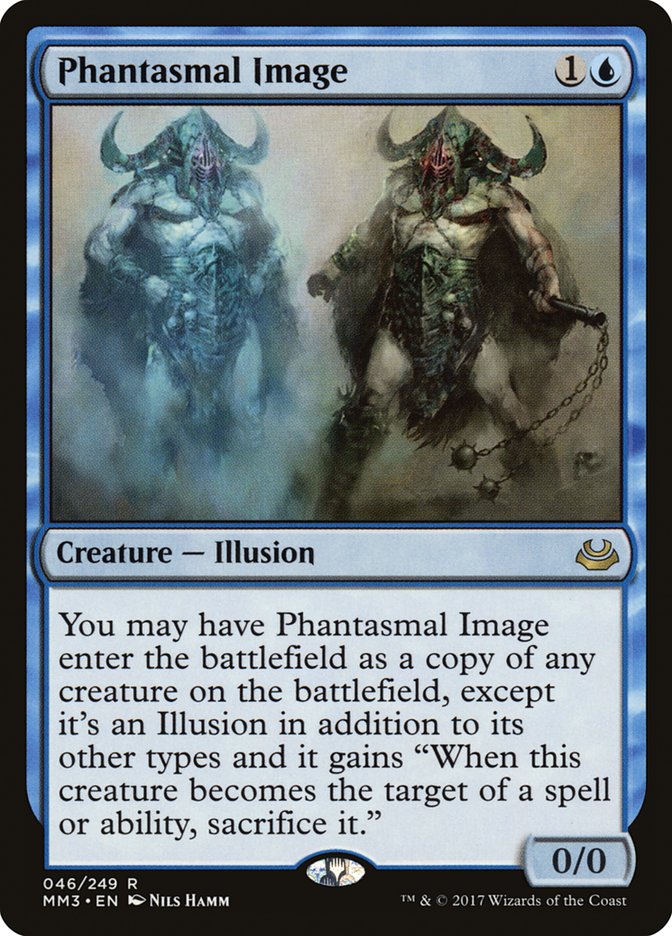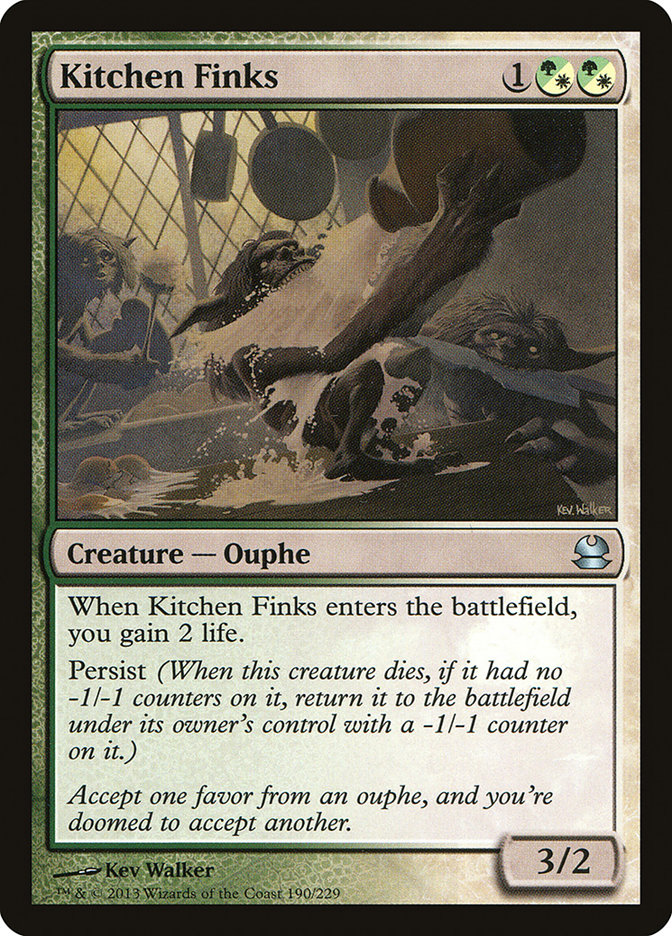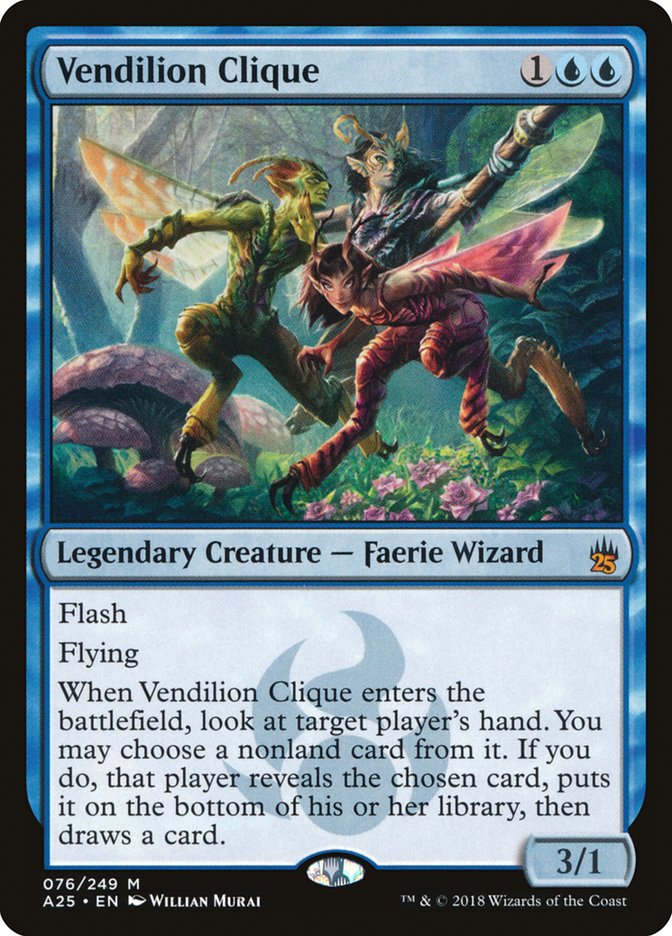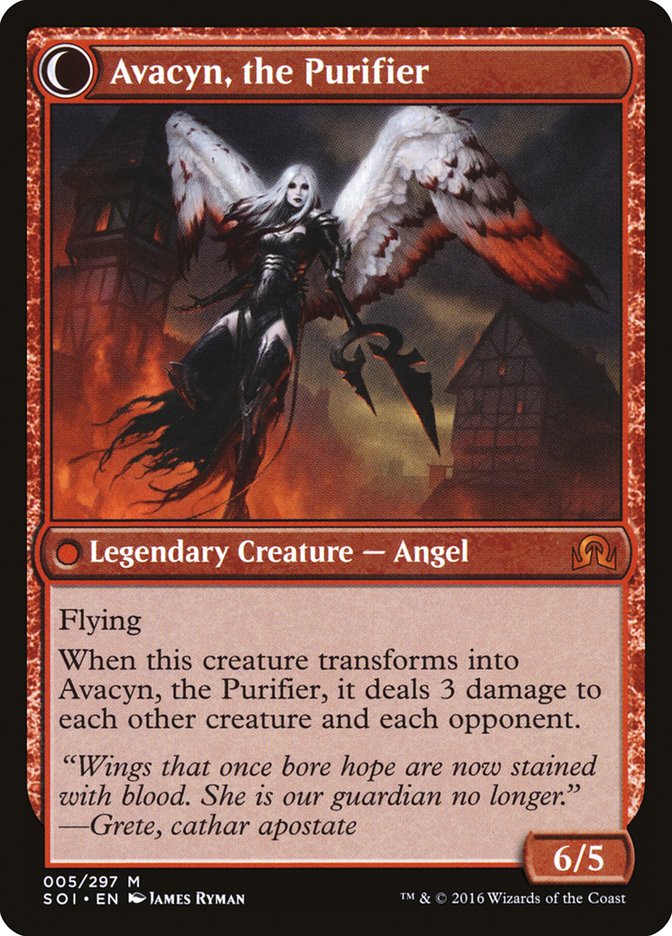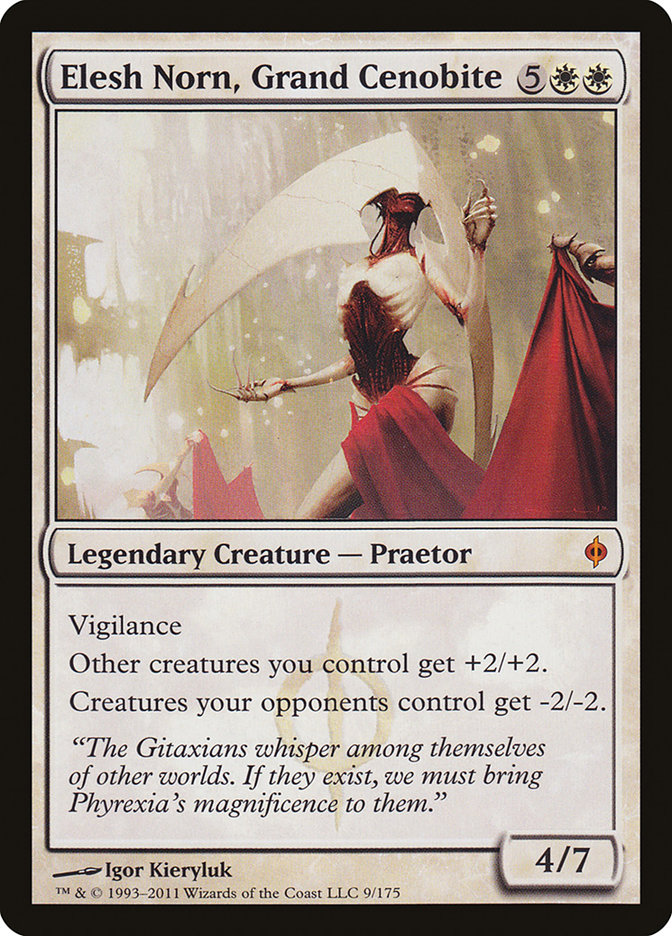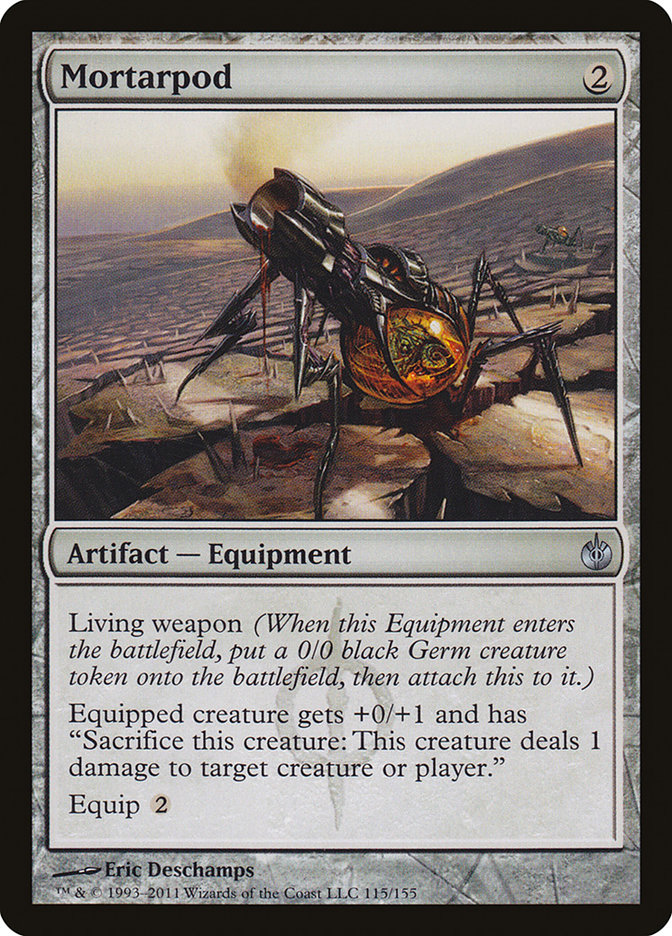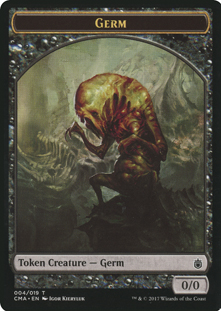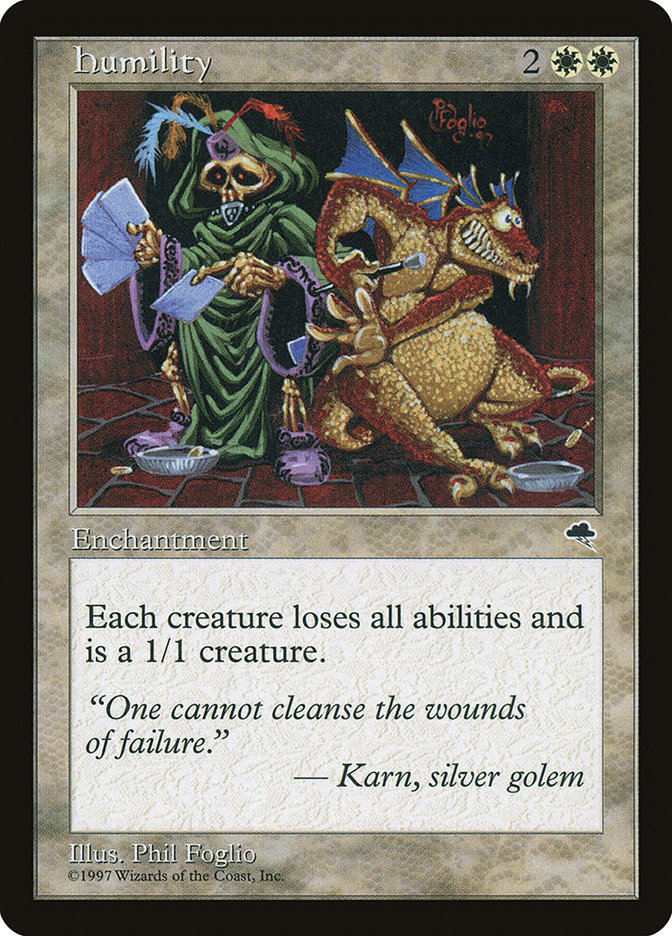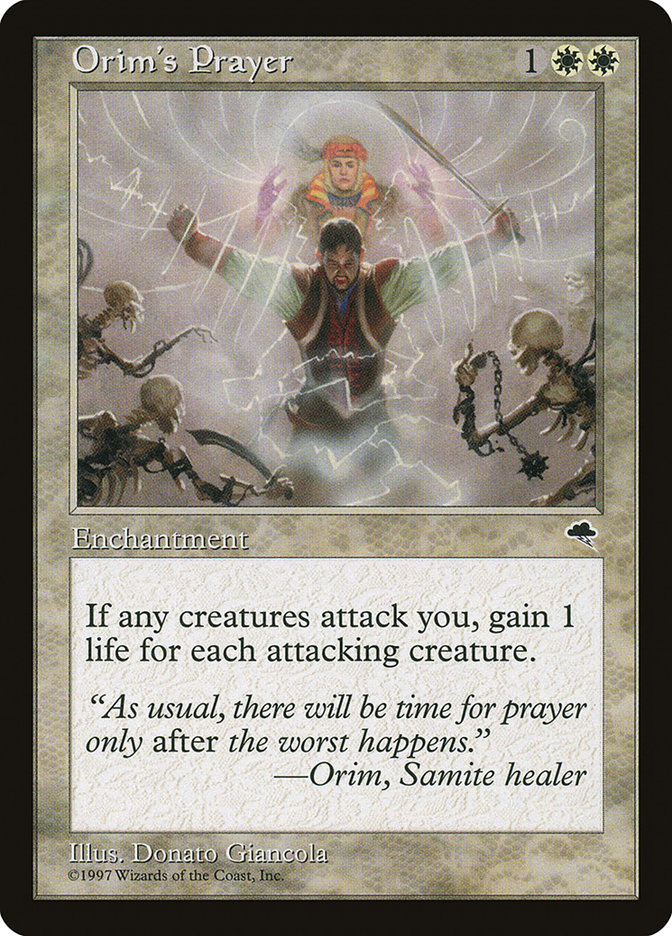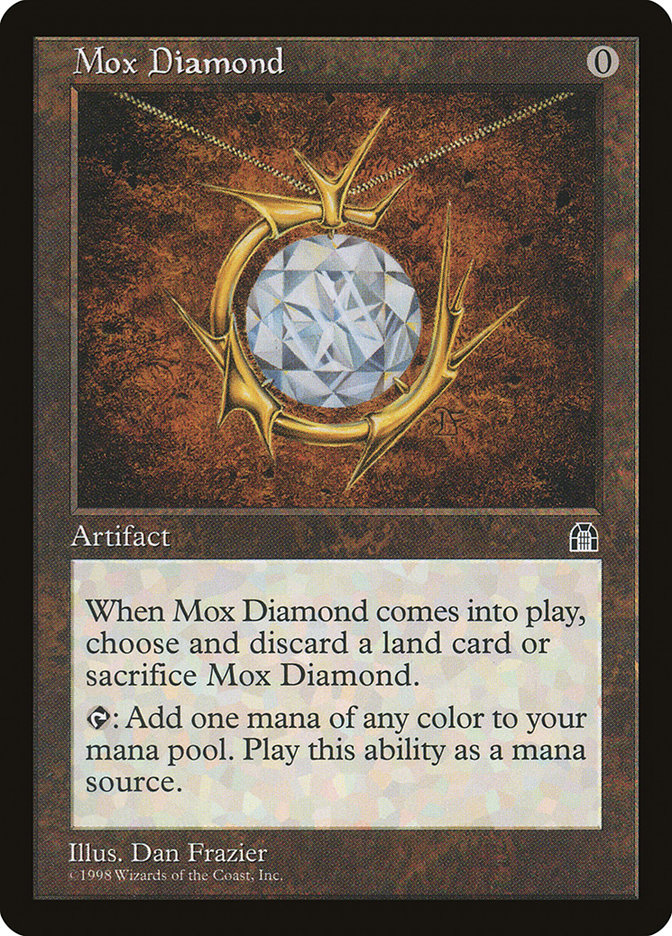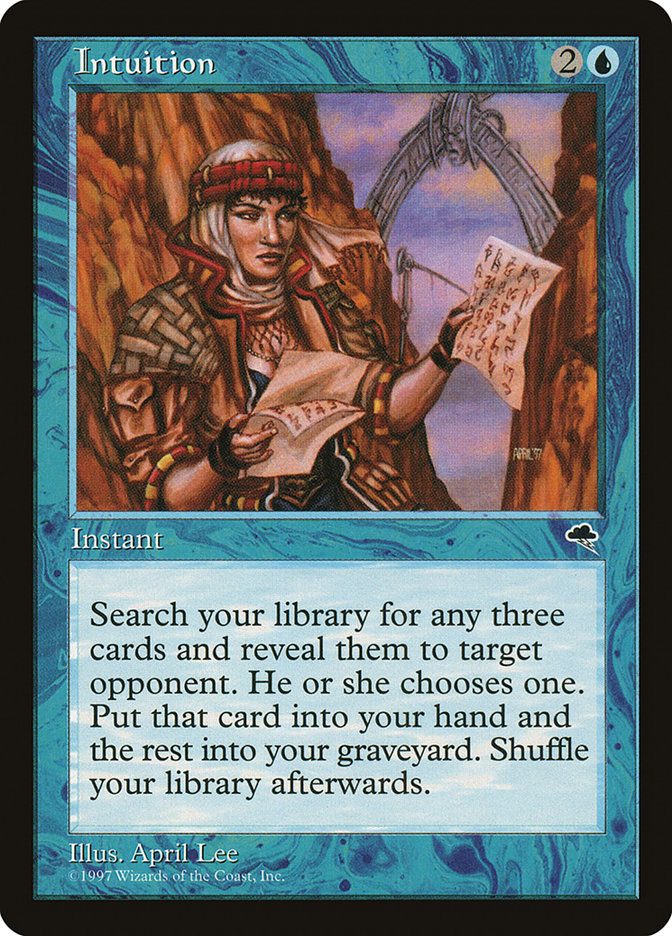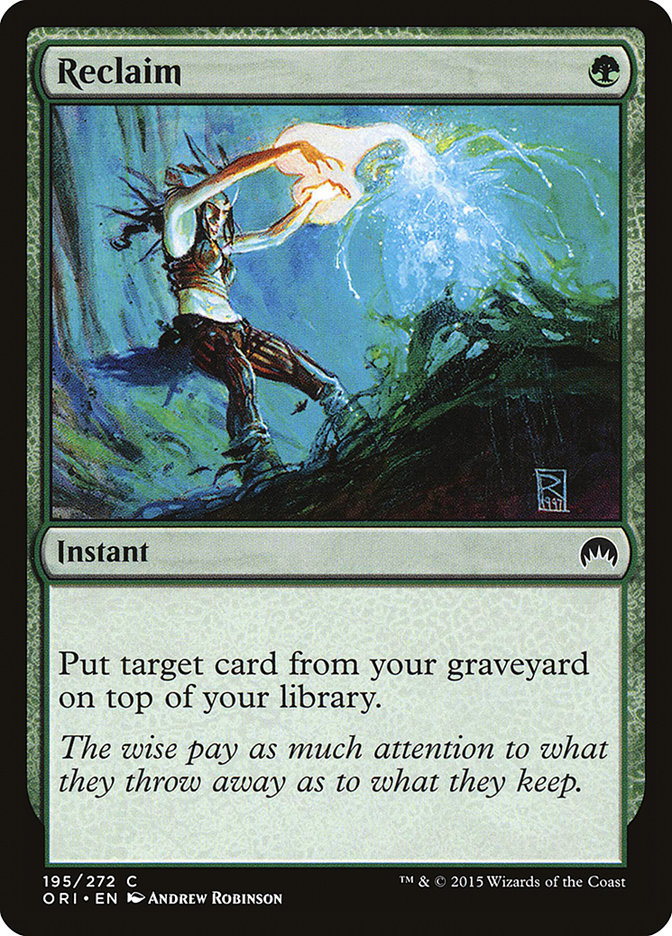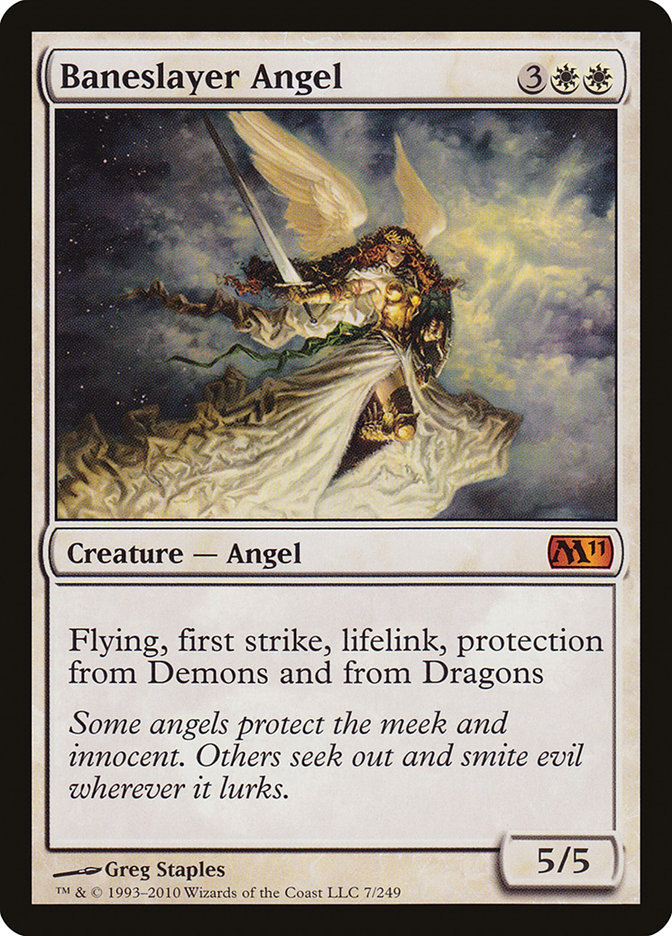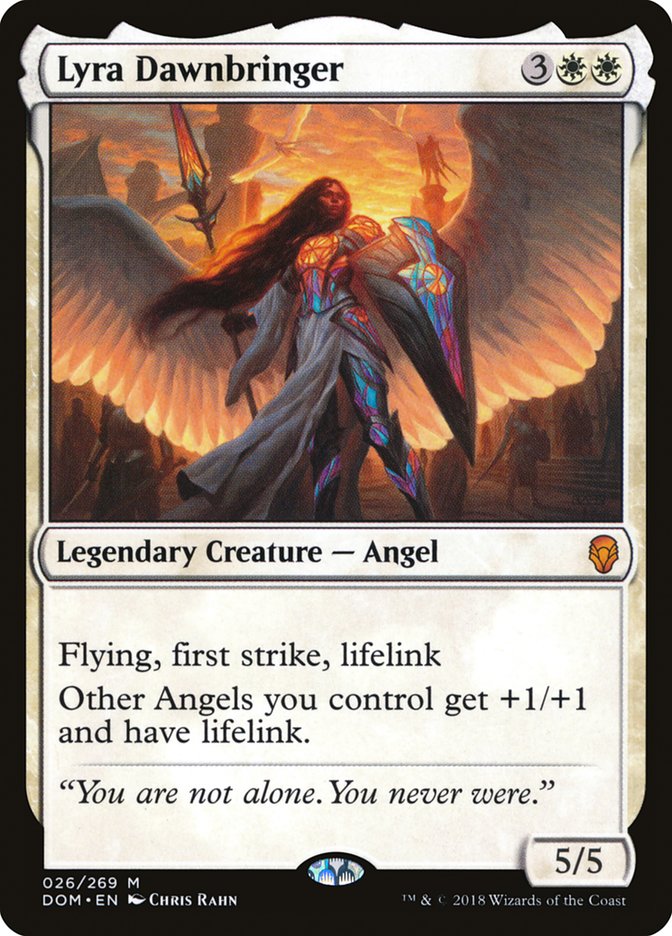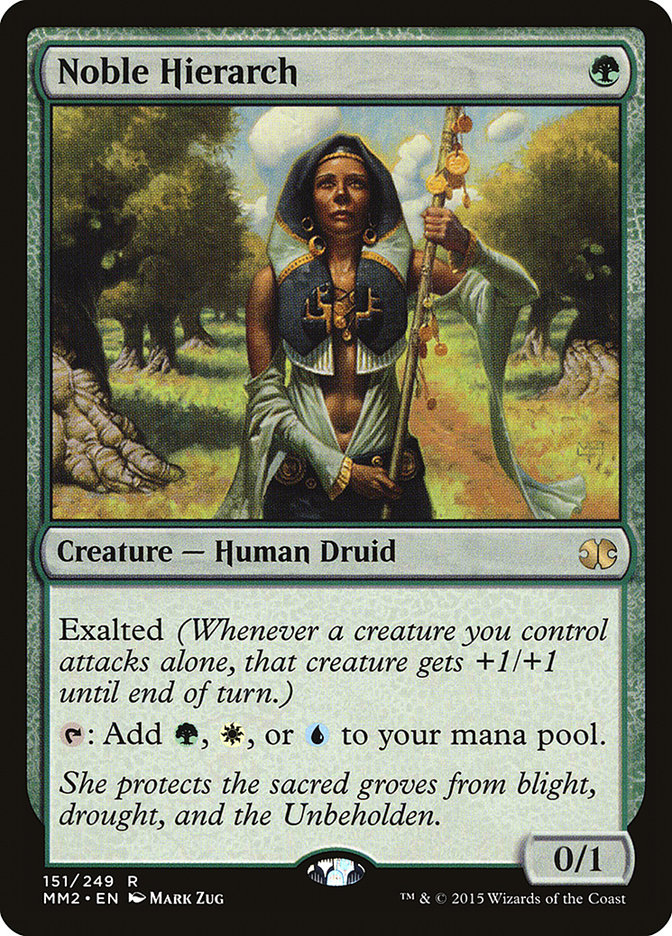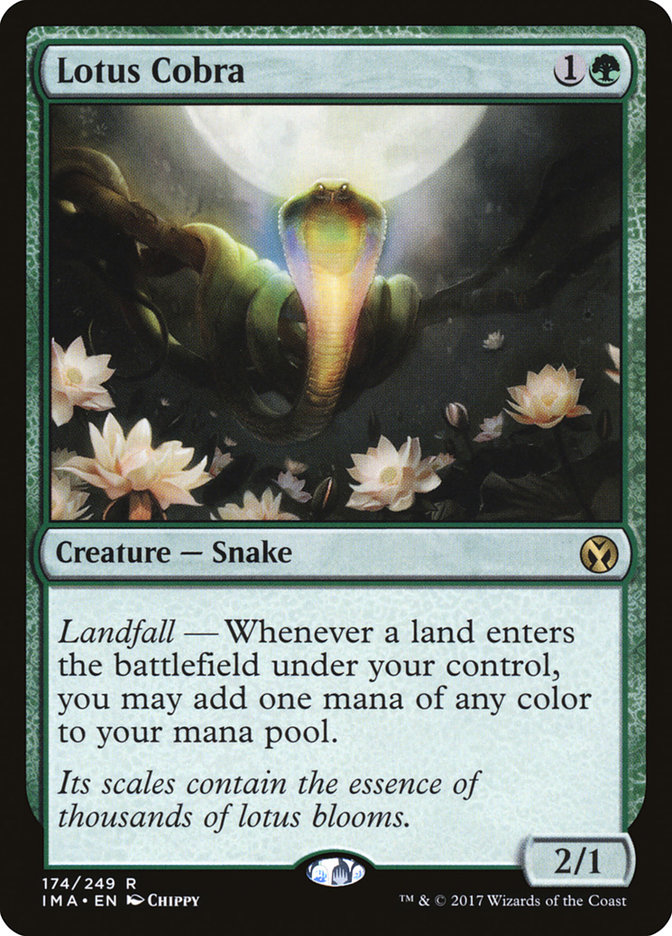I wonder if any color is going to be able to compete with white for sheer
quantity of powerful four-, five-, and six-mana threats in its top 25 list…
#20: Sun Titan
Like all the Titans, Sun Titan enjoyed immediate success in Standard,
especially when used to retrieve Jace Beleren in U/W Control decks, with
Phantasmal Image being a popular and powerful endgame.
Sun Titan’s success has certainly not been limited to just Standard,
however. While it’s occasionally a part of various infinite loops, its most
common application is as a value card, bringing back cards like Kitchen
Finks, Vendilion Clique, Wall of Omens, and sometimes Blade Splicer.
The recurring value-oriented nature of Sun Titan targets lend themselves
naturally to Restoration Angel-based strategies, such as Yuuya Watanabe’s
U/W Control deck from Worlds 2015:
Creatures (16)
Lands (20)
Spells (24)

While Dragonlord Ojutai is “sturdier,” Sun Titan can be invaluable for
going over the top of opponents, for actually ensuring he’s got enough
advantage to close it out.
#19: Archangel Avacyn
While Archangel Avacyn being so recent may obfuscate just how crazy strong
of a card she is, let me assure you, she would dominate in many, many eras.
It’s been a hot minute since Serra Angel was what was popping, but
Archangel Avacyn has some Flametongue Kavu, some Vendilion Clique, and some
Baneslayer Angel to her.
Archangel Avacyn’s stay in Standard was one marked by a nearly unmatched
level of success across archetypes. Whether used in control, tempo, aggro,
token, or midrange, whether in maindecks or sideboards, Avacyn put in work.
Creatures (16)
Planeswalkers (8)
Lands (25)
Spells (11)

While Archangel Avacyn has enjoyed relatively little success in powered
formats, her sheer dominance during her entire Standard duration combined
with just how many other Standard formats would be warped by her earn her
spot on the list (and that’s to say nothing of how complicated of a card
she is, making her one of the most difficult to play optimally against).
#18: Elesh Norn, Grand Cenobite
Number eighteen on our list may come as a surprise to some, but those
people probably haven’t had to face down enough Elesh Norns…yet. This is
that unusual seven-drop that is so powerful, reanimator decks in
Modern and Legacy play it, intending to cheat it onto the battlefield even
though they could be cheating eights and nines. Its impact on the
battlefield is that profound.
Giving every opposing creature -2/-2 on the way in and from now on is basically unbeatable for an awful lot of decks,
and that’s not even factoring in the ridiculous +2/+2 to your team. I get
that it’s difficult to design seven-drops people will actually play when
Titans were still legal, but this is ridiculous.
For instance, despite all five Titans being legal, Elesh Norn was a
dominant Standard card on multiple occasions, most memorably in its role of
“what you can Birthing Pod a Titan or Wurmcoil Engine into.”
Creatures (28)
- 1 Llanowar Elves
- 1 Solemn Simulacrum
- 4 Birds of Paradise
- 1 Acidic Slime
- 1 Inferno Titan
- 1 Wurmcoil Engine
- 1 Viridian Emissary
- 1 Elesh Norn, Grand Cenobite
- 4 Blade Splicer
- 1 Fiend Hunter
- 3 Avacyn's Pilgrim
- 1 Geist-Honored Monk
- 4 Strangleroot Geist
- 4 Huntmaster of the Fells
Lands (24)
Spells (8)

In a format full of haymakers, Elesh Norn was one for the ages,
particularly alongside lots of small, dorky creatures like Llanowar Elves
and Germ tokens.
#17: Humility
There used to be a player meeting before every Pro Tour, where the head
judge would ask everyone if there were any rules questions. “Funny” guy
that I was, there was a stretch where I’d ask a different Humility question
every time. If I wasn’t so humble, I’d be pretty sure I contributed to the
realization of the need to rework the rules into the system of “layers” we
know and love today.
As for Humility’s impact on the game?
Well, it was rancid.
Like, “I know! Let’s really stick it to anyone dumb enough to play
with creatures with any abilities or stats!”
Playing Humility basically ground the game to a halt and was one of the
worst offenders in a long and extremely toxic line of white enchantments
that basically rendered the game unplayable.

I mean, what the hell, man?!
While Humility is a frequent Legacy one-of in U/W sideboards, it really got
its start in Standard as one-half of the legendary Orim’s Prayer/Humility
combo.
Simply play an Orim’s Prayer on turn three and then Humility on turn four,
and most cards in most opposing decks are basically blanked. Then, all you
had to do is protect the “lock,” and you’d eventually win. To this end,
Brian Hacker actually played 61 cards in his Tempest Block
Constructed Humility/Prayer deck, so as to not have to worry about
resolving a Grindstone, if push came to shove.
Lands (9)
Spells (52)
- 4 Counterspell
- 6 Plains
- 2 Scroll Rack
- 3 Propaganda
- 4 Humility
- 2 Grindstone
- 9 Island
- 2 Disenchant
- 3 Whispers of the Muse
- 4 Forbid
- 1 Capsize
- 4 Intuition
- 3 Orim's Prayer
- 2 Reclaim
- 3 Mox Diamond
Sideboard

Tempest
Block Constructed was pretty fast, but Mox Diamond definitely helped a lot
for getting the combo down faster, and Intuition was an absolutely stunning
way to pull it together, especially with the two Reclaims giving us the
ability to find one-ofs that we already Intuitioned for (go get the last
copy and both Reclaim).
Finally, the lock wasn’t really complete until you found a Forbid.
Humility/Prayer was so monstrously effective at making the game entirely
about protecting the lock, having a Counterspell that could buyback was
backbreaking, even if it required discarding multiple cards to do so. Once
you had Humility/Prayer going, how many of your cards even matter?
#16: Baneslayer Angel/Lyra Dawnbringer
Closing out today, we’ve got two killer Angels that may not be functionally
identical, but they’re close enough they deserve to be bundled together.
Baneslayer Angel was the fatty that changed everything.
While Tarmogoyf was accidentally absurdly strong for a creature, Baneslayer
Angel was a deliberate attempt to making the sweetest Angel-finisher the
game had ever seen, without relying on simply drawing extra cards, being
untargetable, or costing almost no mana. Was it possible to really just
make a finisher that good?
It turns out, the answer is yes.
Baneslayer Angel is one of the most classic “sideboard threats” of
all-time, both in aggro decks looking to go bigger and in control decks
looking to exploit opponents removing creature-kill after the first game.
Creatures (7)
Lands (27)
Spells (26)

This Wafo-Tapa Esper Control deck splashing Cruel Ultimatum and Volcanic
Fallout is a perfect example. Creature kill was just so bad against him
game one, but even if they know his sideboard plan, how much creature kill
can they leave in for just two Baneslayer Angels?
Shout out to Wall of Omens. While it didn’t crack the top 25, it’s
definitely an all-time role-player worthy of a tip of the cap.
Of course, Baneslayer Angel is no mere sideboard card, nor is it purely in
the domain of control decks. What’s better than a Baneslayer Angel on turn
five?
How about one on turn three or four?
Creatures (24)
- 4 Noble Hierarch
- 1 Thornling
- 4 Knight of the Reliquary
- 4 Baneslayer Angel
- 2 Borderland Ranger
- 1 Master of the Wild Hunt
- 4 Emeria Angel
- 4 Lotus Cobra
Planeswalkers (2)
Lands (16)
Spells (18)
Sideboard

This is a great example of the “other way” to use Baneslayer Angel. See, if
all of your creatures are so good, opponents have to kill them, there’s a
good chance they’ll eventually run out of removal!
Lyra Dawnbringer is obviously new on the scene, but despite how obnoxious
it is, competing as a tap-out five-drop threat in a world with Teferi, Hero
of Dominaria, Lyra Dawnbringer has wasted no time cracking the pop charts.
Creatures (16)
Planeswalkers (6)
Lands (17)
Spells (21)

Jose’s list definitely tries to exploit how much less removal people were
playing maindeck (not wanting it to get stranded against U/W or line up
wrong). Then after sideboarding, cards like Duress can help clear the way
for Baneslayer to come down and dominate.
Of course, as good as Baneslayer Angel and Lyra Dawbringer are, there are
still five more white creatures to go, and that’s to say nothing
of token-making or Planeswalkers…


